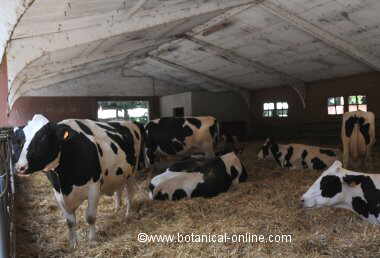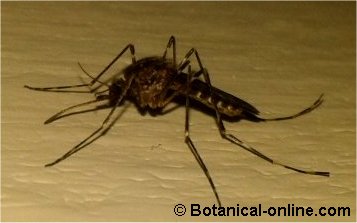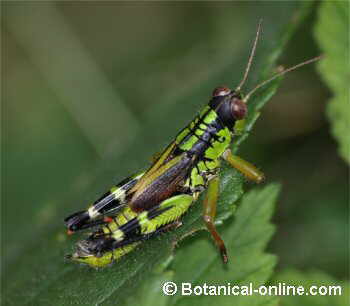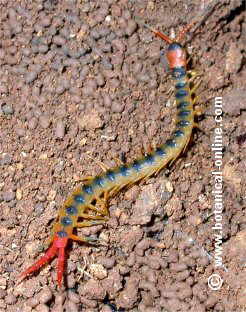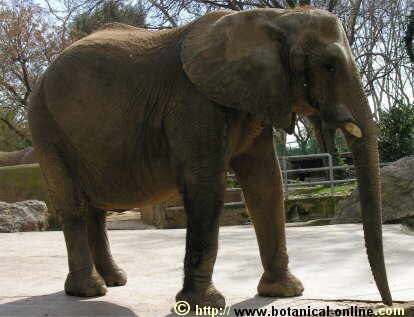Contents
What are reptiles?
Reptiles are vertebrate animals, generally terrestrial, with blood and vascular, double, closed and incomplete circulation. They are called cold-blooded animals.
These animals have scales on their skin, breathe through lungs, and reproduce normally by means of eggs.
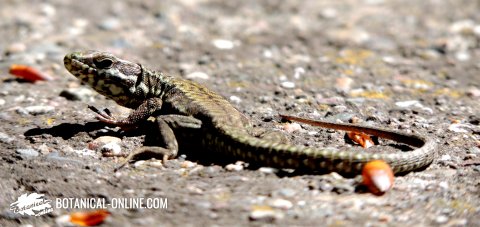
Types of reptiles
There are four very important classes of reptiles:
- Saurians: In the group of saurians we have lizards, geckos, iguanas.
- Ophidia: Snakes are the set of species of snakes.
- Chelonians: In the group of chelonians are the different species of turtles.
- Crocodiles: In the group of crocodiles, in addition to crocodiles, there are alligators, and gharials.
The skeleton of reptiles
Reptiles have a bony skeleton, formed by the vertebral column and four limbs adapted to the particular locomotion of each reptile.
Reptiles, like other vertebrates, have the brain protected by the skull.

Locomotion of reptiles
Some reptiles have crawling locomotion as in the case of snakes, although other species of reptiles move through the water with great skill, like crocodiles or giant tortoises.
Lizards usually have legs adapted for running.
Reptile skin
Reptiles have bodies covered in skin like other vertebrates. The skin of reptiles is protected by scales.
The scales are the set of horny sheets that cover the skin of reptiles and give them protection against environmental factors, like for example cold, heat or environmental damage.
Some reptiles, such as crocodiles, may also have their skin protected by horny shields.
Reptile breathing
Reptiles breathe through lungs. Lungs are the respiratory organs of some animals, which are responsible for taking oxygen from the air and removing carbon dioxide from the blood.
These vertebrates have highly developed lungs, provided with a greater surface area for gas exchange than the lungs of amphibians.
Reptiles never breathe through skin like amphibians.
Where do reptiles live?
Reptiles only live in warm and temperate areas of the world, because they lack mechanisms that are effective in keeping constant their internal body temperature. Thus, these animals are called cold-blooded.
There are many species of reptiles that are of terrestrial behavior, such as Komodo dragons or ladder snakes, but there are also reptiles that live among vegetation, like green iguanas or green anoles.
We can even see aquatic reptiles, like for example crocodiles, water snakes and galapagos, like read-eared sliders.
Reptile adaptations
Reptiles are fully adapted to terrestrial life, because they have managed to minimize unwanted water losses. This has been possible because these animals have the body protected by a thick skin of horny scales.
The reptile embryo develops around it a protective layer, called amnion, which contains a fluid, the amniotic fluid, to prevent it from becoming dehydrated.
For the first time in the history of vertebrates, reptiles are capable of excreting waste substances in a practically solid form, because they absorb water from them.
Reproduction of reptiles
In these animals the sexes are separated and we find males and females that mate by internal fertilization.
Reptiles are normally oviparous animals because they reproduce by eggs that, unlike amphibians, do not have to be laid in water, because they are protected by a more resistant and insulating cover than the eggs laid by amphibians.
Reptile feeding
Reptiles are animals with very varied diets, depending on the diet and the group to which they belong. However, snakes and crocodiles only eat animals because they are all carnivores.
Land turtles and iguanas are usually herbivorous reptiles and feed on different parts of plants.
Chameleons, geckos, and other saurians are insectivorous animals, eating insects, spiders, and other invertebrates.
![]() More information on other animals
More information on other animals


